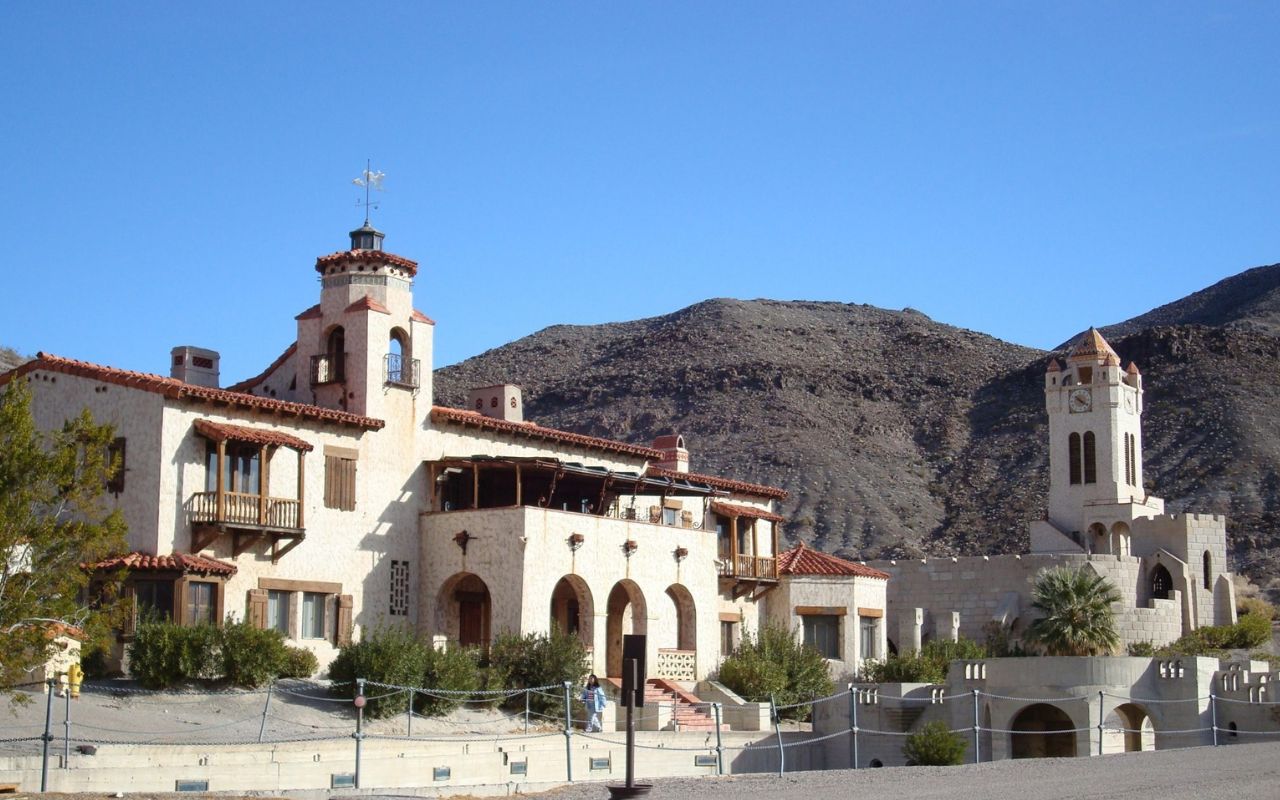Mysteries Of California’s Death Valley Ghost Towns

Death Valley ghost towns hold secrets of the past, waiting to be uncovered. These abandoned places once buzzed with life during the gold rush era. Now, they stand as eerie reminders of dreams that faded away. Walking through these ghost towns, you can almost hear whispers of miners and settlers who once called this harsh desert home. Each town has its own story, from Rhyolite's crumbling buildings to the haunting silence of Ballarat. Exploring these sites offers a glimpse into history, where nature slowly reclaims what was once bustling with activity. Whether you're a history buff or just curious, these ghost towns provide a unique adventure. Grab your camera, pack some water, and step back in time to discover the mysteries that lie within Death Valley's forgotten corners.
Ghost Towns: Echoes of the Past
California's Death Valley is more than just a desert. It's a place where history whispers through the wind, and ghost towns stand as silent witnesses to a bygone era. These towns, once bustling with life, now offer a glimpse into the past. Let's wander through some of the most intriguing ghost towns in Death Valley.
- Rhyolite
Rhyolite was once a booming gold mining town. Founded in 1904, it quickly grew with banks, schools, and even an opera house. Today, visitors can see the remnants of its glory days, including the famous Bottle House made entirely of glass bottles. The eerie silence of Rhyolite tells stories of dreams and ambitions that faded with time.
- Ballarat
Ballarat served as a supply hub for nearby mines. Established in 1897, it was a lively town with a post office, school, and jail. Now, only a few structures remain, including the jailhouse and a general store. Ballarat's desolate landscape invites visitors to imagine the bustling activity that once filled its streets.
- Panamint City
Nestled in the Panamint Mountains, Panamint City was a silver mining town founded in 1873. Known for its lawlessness and wild reputation, it attracted miners and outlaws alike. Today, reaching Panamint City requires a challenging hike, but the reward is a hauntingly beautiful view of the ruins and the surrounding wilderness.
Hidden Gems: Lesser-Known Ghost Towns
Beyond the well-known ghost towns, Death Valley hides lesser-known gems waiting to be discovered. These towns may not have the fame of Rhyolite or Ballarat, but they hold their own unique stories and mysteries.
- Leadfield
Leadfield's story is one of deception and disappointment. Promoted as a thriving mining town in the 1920s, it quickly collapsed when the promised riches never materialized. Today, visitors can explore the remains of this short-lived town, including a few buildings and mine shafts. Leadfield stands as a testament to the boom-and-bust cycle of mining towns.
- Chloride City
Perched on a hill overlooking Death Valley, Chloride City offers stunning views and a glimpse into the past. Founded in 1905, it was a small mining camp with a post office and a few cabins. Now, only scattered ruins remain, but the panoramic vistas make the journey worthwhile.
- Harrisburg
Harrisburg, named after prospector Shorty Harris, was a modest mining camp with a few cabins and a mill. Though it never grew into a bustling town, its history is intertwined with the colorful tales of Shorty Harris. Visitors can explore the remnants of Harrisburg and imagine the life of a prospector in the harsh desert environment.
Preserving History: The Importance of Ghost Towns
Ghost towns are more than just abandoned buildings; they are windows into the past. They remind us of the dreams, struggles, and resilience of those who once called these places home. By visiting and respecting these sites, we help preserve their stories for future generations.
- Keane Wonder Mine
Keane Wonder Mine was one of the most successful gold mines in Death Valley. Established in 1903, it produced significant amounts of gold before closing in 1912. Today, visitors can explore the mine's ruins, including the aerial tramway and mill. The site offers a fascinating look into the mining techniques of the early 20th century.
- Skidoo
Skidoo was a thriving gold mining town with a population of over 700 people. Founded in 1906, it boasted a post office, saloons, and a newspaper. The town's most famous feature was its 23-mile pipeline that brought water from Telescope Peak. Though little remains today, Skidoo's history is a testament to human ingenuity and determination in the face of harsh conditions.
Discovering the Past in Death Valley
Death Valley's ghost towns offer a fascinating glimpse into California's past. These abandoned places tell stories of gold rush dreams, mining booms, and the harsh realities faced by those who sought fortune in the desert. Exploring these sites, like Rhyolite and Ballarat, reveals the resilience and determination of early settlers. Each town has its unique character, from the crumbling buildings of Chloride City to the haunting silence of Panamint City. Visiting these locations is like stepping back in time, where the echoes of history linger in the desert air. Whether you're a history buff or just curious, these ghost towns provide a unique adventure. Remember to respect these fragile sites, preserving them for future explorers. Death Valley's ghost towns are more than just abandoned structures; they are windows into a bygone era, waiting to be explored.

